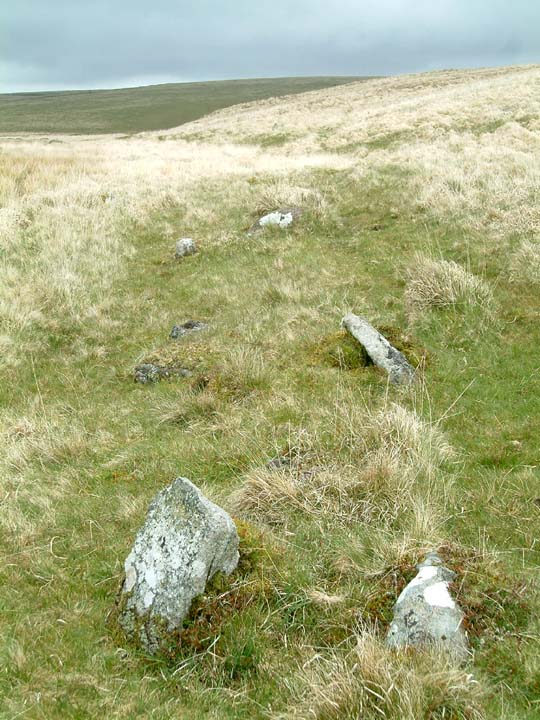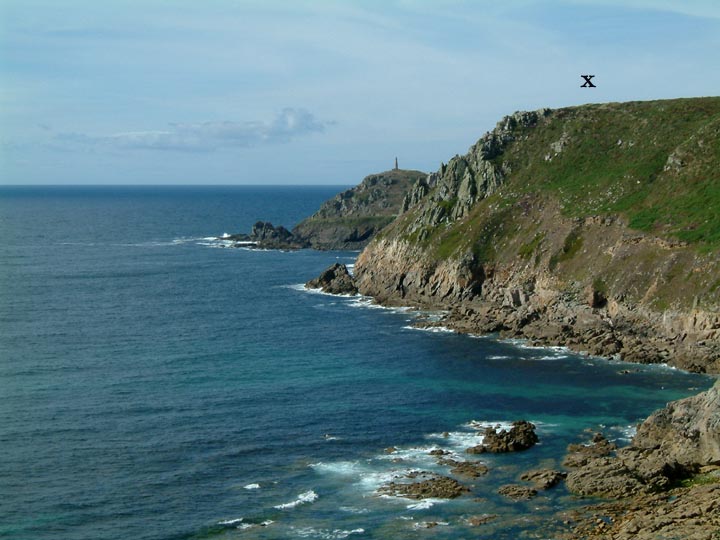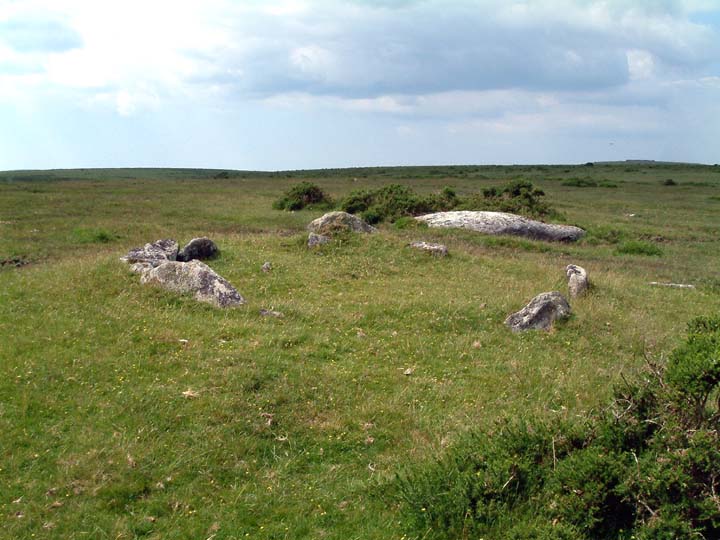Press Release 10 Nov 2005
A roving display about a major bid to help conserve and manage the Caradon Hill area takes to the roads of South East Cornwall on Monday 14 November.
The roadshow aims to spread the word about the Caradon Hill Area Heritage Project and the special features of the local landscape, which includes moorland, rolling farmland, wooded steep valleys, industrial remains and Neolithic sites such as Trethevy Quoit.
The display is one phase of a Heritage Lottery Fund bid planned by Caradon District Council and Cornwall County Council for next year, which could secure funds for restoration, preservation and enhancement work suggested by the community.
The proposed project area for the bid covers around 58 square miles to the north of Liskeard, centred around Caradon Hill, which is part of the granite upland of the south eastern portion of Bodmin Moor, and including lowland areas surrounding the hill. Some 10,500 people live in the area in settlements including Pensilva, St Cleer, Minions, Upton Cross and part of Liskeard. The area is of great heritage and environmental importance, with part lying within an Area of Outstanding Natural Beauty and the remainder in an Area of Great Landscape Value.
The display includes information about the Caradon Hill Area Project plus photographs and pieces written by local residents describing the area’s unique qualities. There will also be details about the consultation report that will be available to the general public to read and comment on from the end of December to January.
Caradon Hill Area Heritage Project development officer Becky Hughes said: “All of the photos and creative writing were inspired by a recent community workshop about the landscape character of the Caradon Hill area. I think people will surprised and delighted by the quality of the work, which very much reflects both the detail and the vastness of the landscape.”
The roadshow will be on display at:
• Liskeard Library – 14-20 November
• St Cleer Memorial Hall – 21-27 November
• Upton Cross School – 28 November-4 December
• Pensilva Millennium House – 5-11 December
• Minions Heritage Centre – 12 December onwards


































